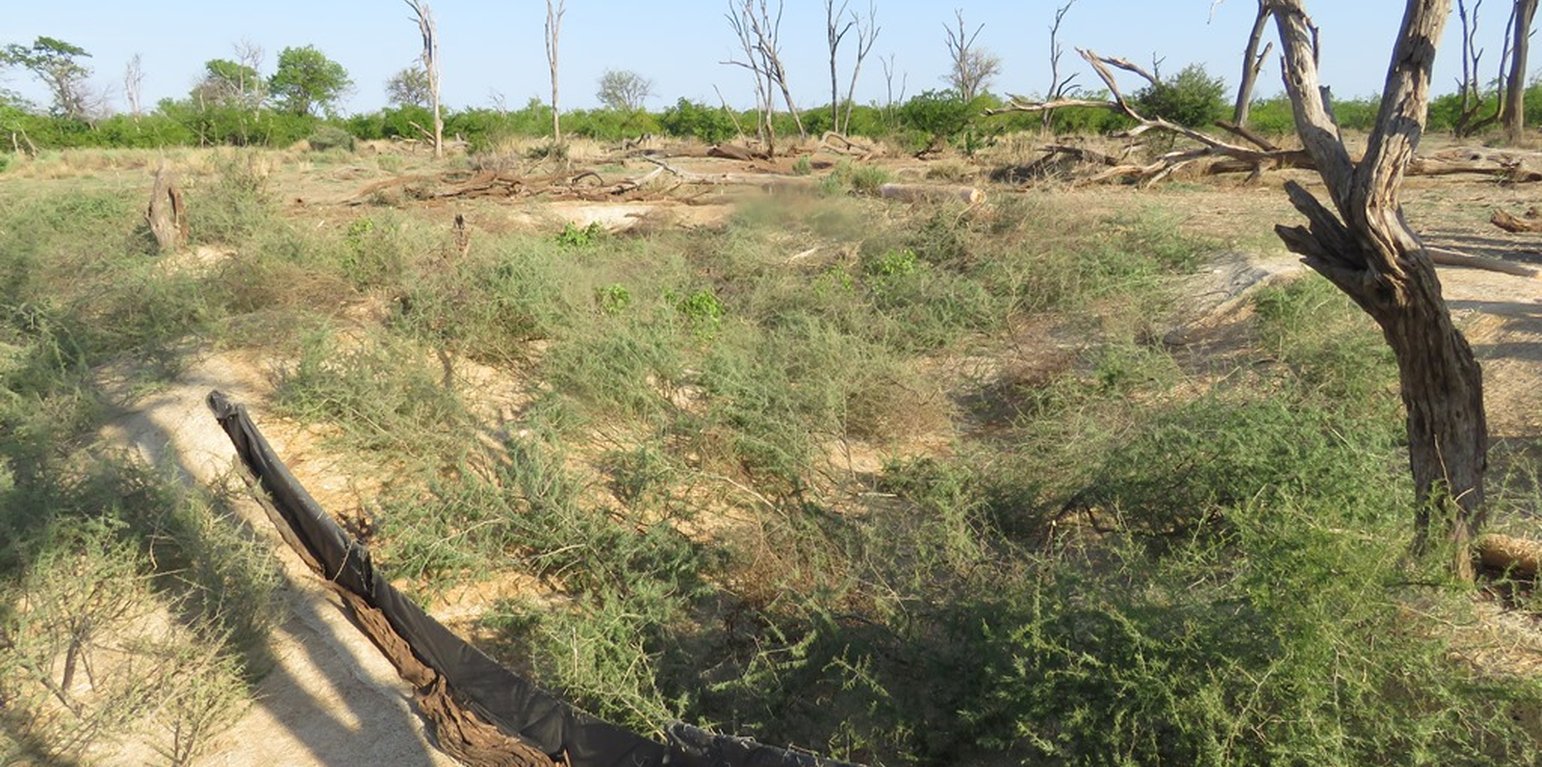



This gully reshaping project was conducted in the Mapungubwe National Park in the Limpopo Province of South Africa. The area receives summer rainfall with an annual average of around 600 to 700 mm. Thunderstorms are common. Due to overgrazing on highly erodible soils, gully headcuts are actively migrating upstream. The reshaping technology can be considered for any gully of up to 2 meters in depth (even on duplex - highly erodible soils - gypsum must, however, be added to the relocated topsoil in this case). The purpose of re-sloping is to reduce the gradient of gully heads and sidewalls, thereby reducing the energy of runoff water. This also leads to enhanced vegetation cover and reduced sediment transport in the gully. Resloping of gullies is performed in stages:
Stage One: Remove all viable and useful plants in and around the active gully system that will be affected by the reshaping – store these for replanting.
Stage Two: Relocate the usable topsoil to the edge of the gully reshape footprint.
Stage Three: Reshaping of the gully banks to a 1:3 slope (relative to the new valley floor level after refilling with bank material - see figure). Start by removing the top of the bank and placing it on the gully floor. Make sure to compact the soil from the banks - breaking up clods to smaller particles. Continue to remove more of the bank material and compact it in layers to form a disk shape profile (cross section - see sketch).
Stage Four: Spread the topsoil evenly over the newly created gentle sloping profile. Add indigenous grass seed (if available: if not, exotic grasses).
Stage Five: Construct silt fences (made of fabric filter cloth - Geotextile) above the water entry points and inside the newly formed profile (around 10 m apart).
Stage Six: Cover the area with soil erosion blankets (bio-jute) and/or mulch and/or brush packing with thorny local woody biomass.
Stage Seven: Replant recovered plants - protect the area with fences if possible until grass cover established.
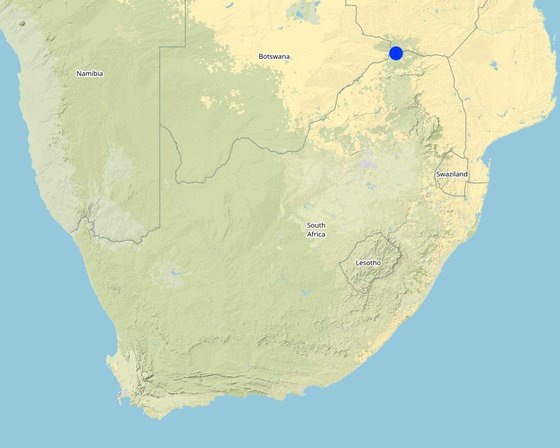
Lugar: Mapungubwe National Park, Limpopo province, Sudáfrica
No. de sitios de Tecnología analizados: un solo sitio
Difusión de la Tecnología: aplicada en puntos específicos/ concentrada en un área pequeña
¿En un área de protección permanente?: Sí
Fecha de la implementación: 2017
Tipo de introducción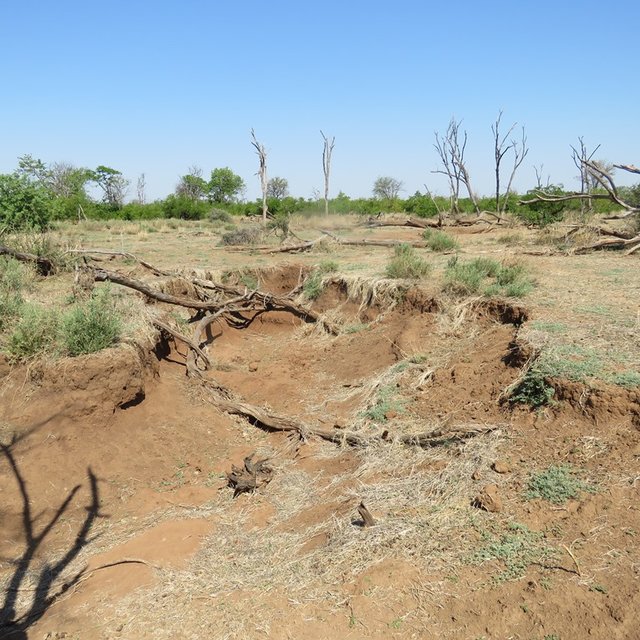

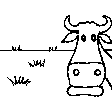
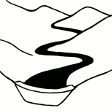





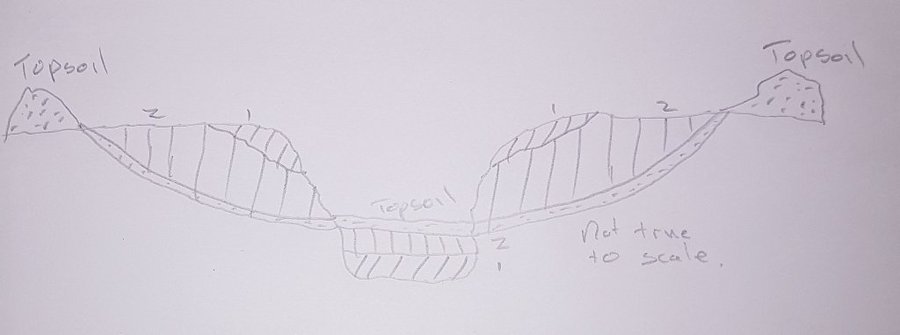
| Especifique insumo | Unidad | Cantidad | Costos por unidad (n.d.) | Costos totales por insumo (n.d.) | % de los costos cubiertos por los usuarios de las tierras |
| Mano de obra | |||||
| Unskilled labour (including transport) | per day | 60,0 | 240,0 | 14400,0 | |
| Equipo | |||||
| Picks, spades, hand compactor, pliers, hopper, bow saws, hammer, wheel barrow (renting the equipment) | per day | 35,0 | 20,0 | 700,0 | |
| Material para plantas | |||||
| Grass seed mix | per kilogram | 2,0 | 75,0 | 150,0 | |
| Material de construcción | |||||
| Erosion blankets | per square meter | 170,0 | 15,0 | 2550,0 | |
| Silt fences | per meter | 16,0 | 15,0 | 240,0 | |
| Costos totales para establecer la Tecnología | 18'040.0 | ||||
| Costos totales para establecer la Tecnología en USD | 1'503.33 | ||||
| Especifique insumo | Unidad | Cantidad | Costos por unidad (n.d.) | Costos totales por insumo (n.d.) | % de los costos cubiertos por los usuarios de las tierras |
| Mano de obra | |||||
| Restoration of site after flooding events | per day | 6,0 | 240,0 | 1440,0 | |
| Equipo | |||||
| Tools to restore fences and brush packing | per day | 3,0 | 20,0 | 60,0 | |
| Material de construcción | |||||
| Silt fences | per day | 10,0 | 15,0 | 150,0 | |
| Indique los costos totales para mantenecer la Tecnología | 1'650.0 | ||||
| Costos totales para mantener la Tecnología en USD | 137.5 | ||||
Natural fodder for game
Habitat for wildlife and plants improve
Improved water quantity for game
Better quality water for game
Improve aesthetic value for tourism
Job creation for communities outside the protected area
Community receive training in rehabilitation methods
Improved income for communities
Aesthetic improvement for tourism
Improvement of the protected area for SANPARKS
Training received by communities